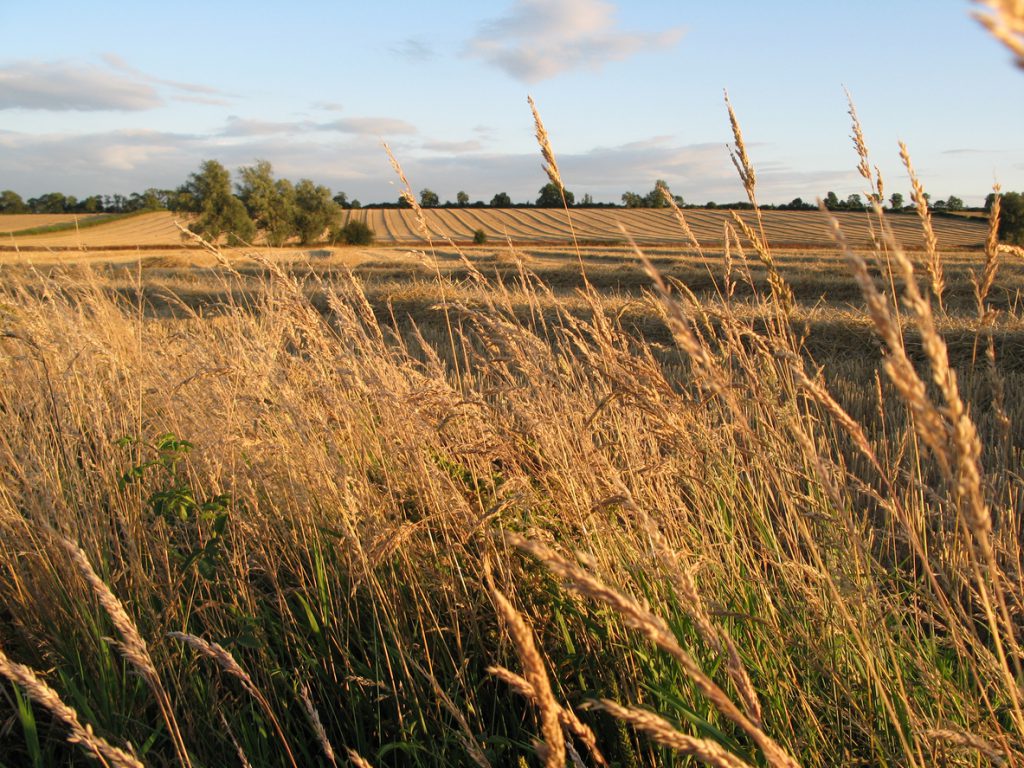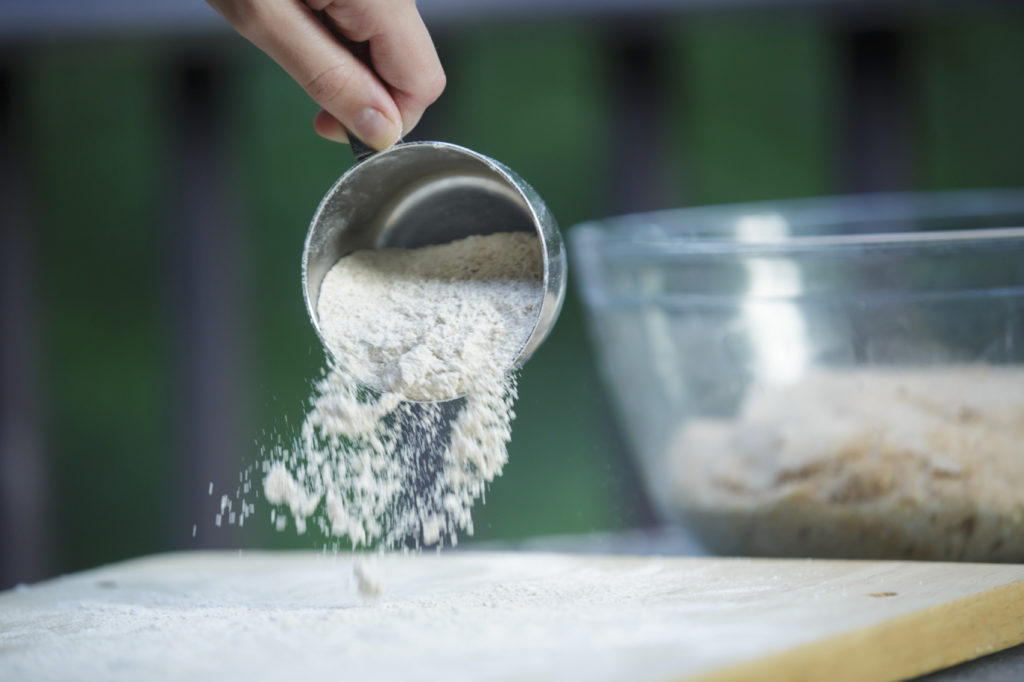- Uncategorised
US Drought Affects Planting of Winter Wheat Crop

November is National Bread Month in the USA, cause for celebration. But there’s trouble brewing in the US wheat growing sector.
Winter wheat makes up 70% of the nation’s annual wheat output, and 58% of it is the hard red variety, mostly grown on the Southern Plains. In fact the USA is set to become the world’s biggest wheat supplier in 2016/17, overtaking the world’s traditional ‘bread basket’, Russia.
The leader of the USA’s wheat production industry is the State of Kansas, which also heads the league table in flour milling. Just one bushel of Kansas wheat produces as many as 90 loaves of whole wheat bread and, in 2016, one acre of wheat alone could feed a family of three for more than fourteen years. Bake the State’s overall wheat harvest at once and you could make a whopping 42 billion loaves of bread, enough to feed the entire world’s population for around 18 days.
US wheat growing states suffering from increasing drought
Kansas grows 23% of the US’ winter wheat, but around 27% of the state is currently classified as suffering a ‘moderate’ drought, up from 12% last week. Mississippi is also a big contributor to the USA’s wheat harvest, but farmers there are waiting for the drought to ease before planting this year’s winter wheat.
Experts say if there isn’t a great deal of rain over the next few weeks Mississippi farmers won’t be able to plant a wheat crop at all this year, simply because the crop won’t germinate in such dry conditions and even if it does, it won’t survive for long. Even if it rains for the entire month the wheat crop is predicted to be ‘very slim’.
Winter wheat is the sixth most popular crop in Mississippi, and the State’s farmers are set to plant 90,000 acres this time around. But that’s already 50% less than 2015’s total, and the drought is also set to affect other crops as well as local wildlife. Drought is widespread across the entire State, ranging from moderate through severe to ‘extreme’ and ‘exceptional’, with much of central and east-central Mississippi enduring extreme drought right now and a few places suffering from exceptional drought.
They’re not alone. Northern Alabama, Kentucky, Colorado, east Tennessee and Georgia are also suffering badly, and south Texas is predicting no winter wheat crop at all this year. Things are not looking good in Oklahoma and Nebraska either, where leaf rust and stripe rust are decimating crops thanks to drier, warmer conditions than usual.
Trump’s climate change scepticism won’t help
All this is happening at a time when the climate change sceptic Donald Trump has been elected the nation’s leader. And it means the future is looking far from bright in the US bread industry. Thank goodness for our government who, while they might not be to everyone’s taste, at least know that human-generated climate change is the real deal.



